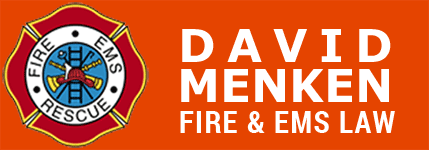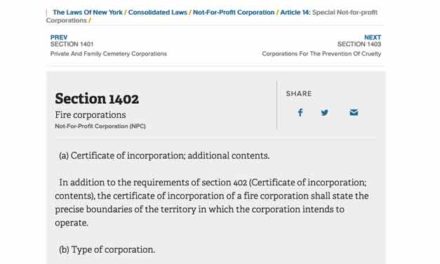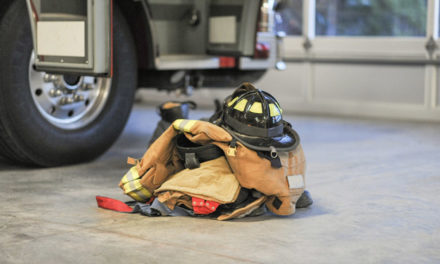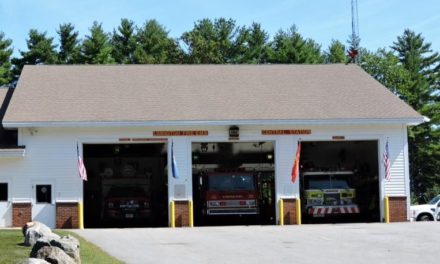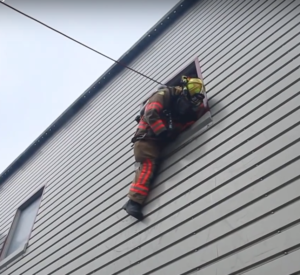
Bailout Training is Required under Labor Law 27a
A Department Chief recently asked if having a bailout system, and training for a bailout emergency, are actually required by law, or if they are just recommendations (which obviously he would want to follow).
The quick answer is that a bailout system is required if the department determines there is a risk of “entrapment at elevations” based on the type and height of structures in the community. Otherwise, it isn’t. So, the department determines the risk, and if it reasonably sees no risk there is no requirement. Here is the background.
In August 2012, Governor Cuomo signed into law legislation that had an impact on the escape systems firefighters at risk of “entrapment at elevations” have to carry. Section 27-a of the Labor Law requires that employers assess the risk of “entrapment at elevations” and provide emergency equipment and training – that is, bailout systems – to address that particular risk. The law does not apply to cities with a population of over 1 million.
According to Section 27-a, “… any employer who employs a firefighter determined to be at risk of entrapment at elevations … shall provide emergency escape systems for use by such firefighter.”
The law requires the Labor Department to identify the codes, standards and recommended practices of the NFPA and other appropriate standards as are appropriate to the nature of the risk to which the firefighter is exposed and to, at a minimum, require employers to (1) identify whether firefighters employed by them would be exposed to the hazard of entrapment at elevated surfaces, (2) identify those firefighters who would be exposed to the hazard, and (3) determine the appropriate emergency escape systems to address the hazard.
The emergency escape must be adequate to protect the health and safety of the firefighter. The employer must ensure that the firefighter is instructed in the proper use of the emergency escape systems. The Dept. of Labor’s Rule 800.7, “Emergency Escape and Self-Rescue Ropes and System Components for Firefighters,” specifies the requirements for safety ropes and associated system components.
The term “entrapment at elevations” really applies to anything above the first floor. According to the law, it means:
“a situation where a fire or other emergency conditions require a firefighter inside a structure to immediately exit the structure but where such conditions make the normal route of exit unusable, thereby requiring the firefighter to exit the structure from an opening that is not designed as an exit and is above the ground floor or at an elevation above the surrounding terrain that would reasonably be expected to cause injury to a firefighter exiting by means of this opening without any emergency escape systems.”
PESH leaves it up to the department to determine the type of extrication method which is necessary for its firefighters. The department must do a risk assessment of all areas of a community, including areas to which it responds for mutual aid. How often the assessment must be undertaken is up to the department.
Then the department must choose the appropriate emergency escape system, using components which are compliant with NFPA 1983, 2006 version or later. Is a descent device necessary? If the risk assessment says there is a risk of injury without a descent device, it is necessary. It’s the same thing with a belt and harness. All firefighters who may find themselves in an emergency situation where descent is necessary must have the system, and be trained to use it, and practice on a periodic basis which, again, is up to the department, but once a year seems to be the longest duration between practices, depending upon demonstration of proficiency of using the system. The systems themselves must inspected monthly, per Rule 800.7(h)(2). PESH does inspect to ensure compliance.
PESH has an informative video, with documentation, and anyone interested in this requirement invited to discuss it with me by emailing me at dmenken@ssbjlaw.com.
